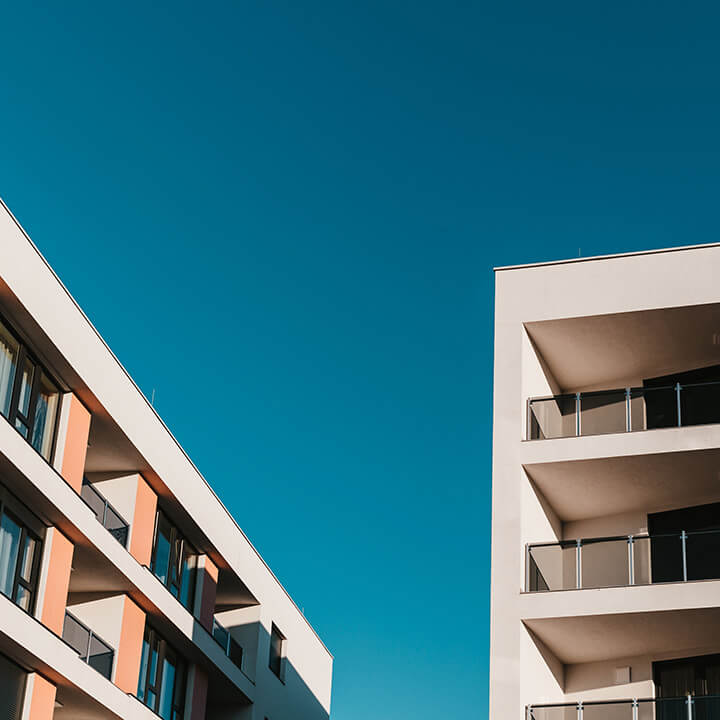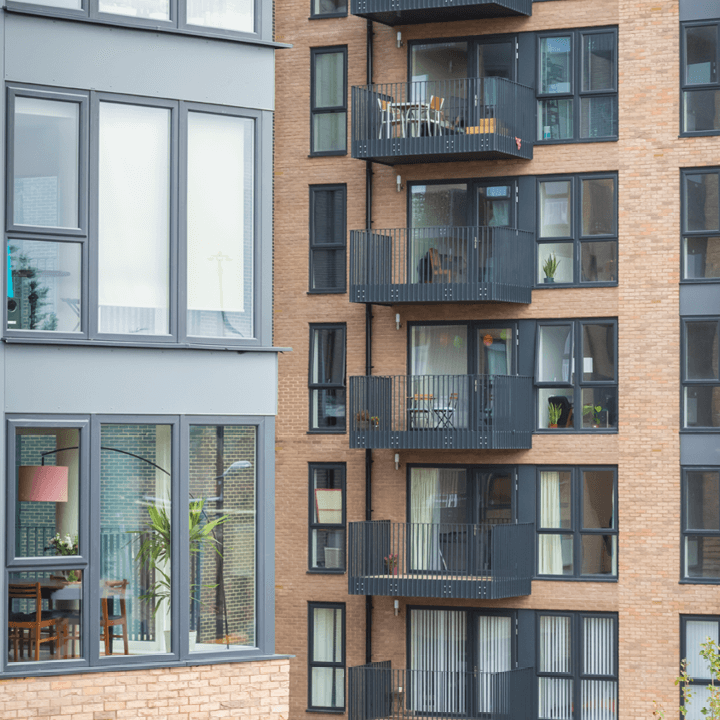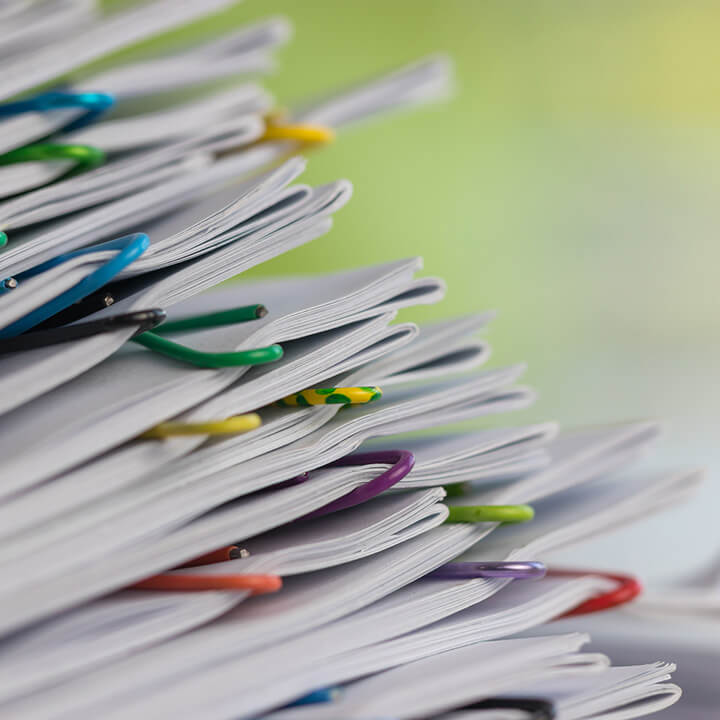Building Safety Act 2022: Leaseholder protection provisions and landlords’ certificates
1st November 2022
Schedule 8 of The Building Safety Act 2022 (“BSA 2022“) provides certain protections for long residential leaseholders against liability for the costs of the remediation of certain historic defects. The BSA 2022 sets out definitions in relation to the buildings, the relevant defects and relevant works, which help to determine whether the leaseholder protection provisions apply.

The provisions distinguish between a “qualifying lease” and a “non-qualifying lease”. The protections available to leaseholders will depend upon which of these definitions the relevant lease falls into. For the purposes of these provisions, ‘qualifying lease’ means:
- a lease longer than 21 years of a single dwelling in certain buildings under which the leaseholder pays a service charge and which was granted before 14th February 2022; and
- as at 14 February 2022, the dwelling was occupied as the leaseholder’s only or principal home, and the leaseholder did not own more than two other dwellings in the United Kingdom.
There is a presumption that a lease is treated as a qualifying lease if it meets the above conditions unless a landlord has taken all reasonable steps to obtain a qualifying lease certificate from a tenant, and the tenant does not provide it. The certificate will need to comply with any requirements which may be prescribed by regulations.
Two crucial leaseholder protection provisions, under the Building Safety Act 2022, are:
- No service charge is payable under a lease where a landlord was responsible for certain defects, or if it was associated with the responsible party. BSA 2022 defines “associated parties” for this purpose. For example, two companies can be associated if they shared a common director at any time in the period of 5 years, ending on 14th February 2022.
- No service charge is payable under a qualifying lease,in respect of certain measures relating to certain defects, if the landlord under the lease, as at 14th February 2022, met the contribution condition. This is that, as at 14th February 2022, the landlord group’s net worth was more than N x £2,000,000 [1].
What is a Landlord’s Certificate for the purposes of BSA 2022 leaseholder protection provisions?
The person who was the landlord under the lease, as at 14th February 2022, will be treated as having met the contribution condition unless they provide a landlord’s certificate that they do not meet that condition. The certificate also allows the landlord to prove whether they were responsible for the defect or associated with the person responsible.
What is the required form of the Landlord’s Certificate?
The landlord’s certificate must be in the form set out in The Building Safety (Leaseholder Protections) (England) Regulations 2022. In addition, certain information is required to be appended to the certificate, in order to comply with the said Regulations (such as information in relation to the landlord group).
When must the Landlord’s Certificate be provided?
In England, a current landlord must provide a Landlord’s Certificate in the following situations:
- when they make a demand to a leaseholder for a remediation service charge;
- within 4 weeks of receiving notification from a leaseholder that the leasehold interest is to be sold;
- within 4 weeks of becoming aware (by themselves or being notified) of certain defects not covered by a previous Landlord’s Certificate; or
- within 4 weeks of being requested to do so by a leaseholder.
What are the possible repercussions, under the Building Safety Act and The Building Safety (Leaseholder Protections) (England) Regulations 2022, for failing to provide a Landlord’s Certificate?
If the relevant landlord does not provide a certificate in the required form, no service charge will be payable by the leaseholder in respect of a measure to remedy the defect or to prevent or reduce the relevant risk which arises because of the relevant defect.
In England, where a leaseholder believes that a landlord has made a false claim in a Landlord’s Certificate [2], a leaseholder can make an application to the First-tier Tribunal (Property Chamber)requiring the relevant landlord to provide specified information or documents
BSA 2022: How we can help
Working seamlessly with colleagues in our dedicated Real Estate, Real Estate Litigation and Construction & Engineering teams, Walker Morris’ Housing Management & Litigation specialists can advise on the leaseholder protection provisions set out in the Building Safety Act 2022.
From advising whether a person is a qualifying leaseholder, to what protections may be available; from applying for remediation orders and remediation contribution orders to assessing/pursuing claims under the Defective Premises Act 1972; or from providing proactive regulatory advice to assisting with dispute resolution strategies, Walker Morris’ BSA 2022 experts can provide comprehensive, but clear and concise, advice.
If you have any queries, concerns or training requirements in relation to the Building Safety Act 2022, please call Pawan Pandit, who will be very happy to help.
[1] Where the relevant landlord is a private or public limited company the net worth is calculated according to the formula: Net Worth = Total Assets – Total Liabilities – Intangible Assets.
Where the relevant landlord is an individual, the net worth is calculated according to the formula: Net worth = Assets – Liabilities.
The Building Safety (Leaseholder Protections) (England) Regulations 2022 contain provisions as to how the net worth is determined under these formulas.
[2] including stating that the landlord is not a developer or associated with the developer of the relevant building, or stating that the landlord does not meet the contribution condition







